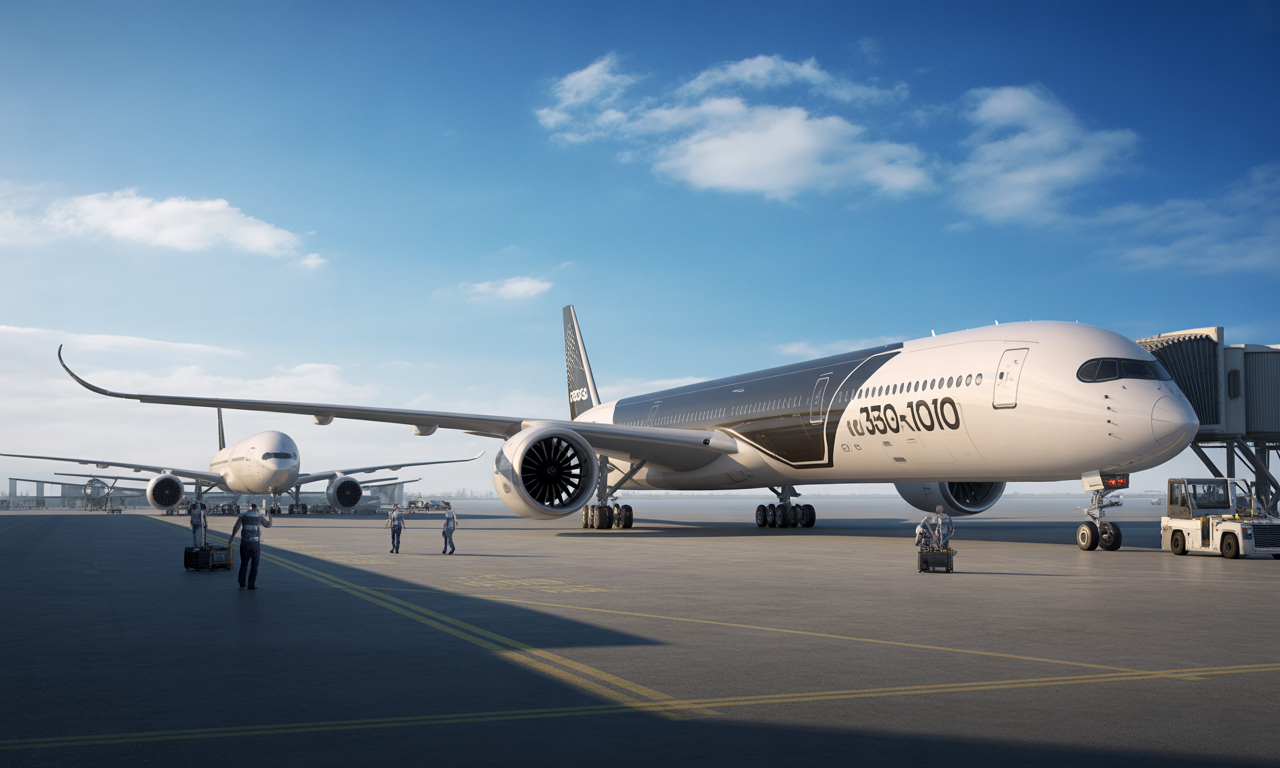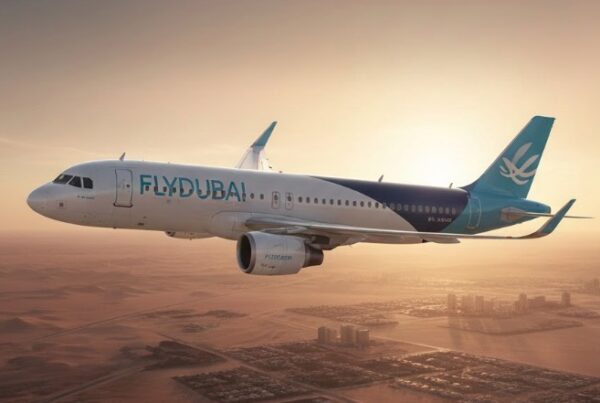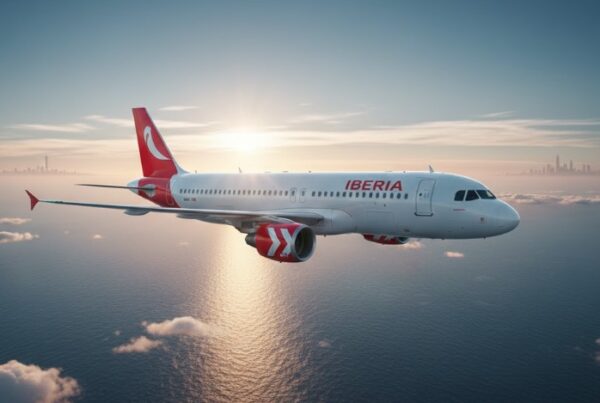Airbus announces the development of an extended variant of theA350-1000 to compete with 777X on the international aviation market. This new model incorporates cutting-edge technologies, offering increased carrying capacity and optimum fuel efficiency. Designed to meet airline expectations, the aircraft features remarkable structural innovations and enhanced passenger comfort. By focusing on modernization and efficiency, Airbus is strengthening its position in the face of global competition. This initiative illustrates the aviation industry's ambition to push back the boundaries of design and technology. A strategic choice for the future, resolutely innovative.
Against a backdrop of fierce competition in the aviation sector, Airbus has announced the development of an extended variant of its A350-1000. The new aircraft is designed to meet airlines' requirements in terms of capacity, comfort and performance, while positioning itself directly in the market. 777X from Boeing.
Innovative design and technical improvements
The new configuration of theA350-1000 incorporates a lengthened passenger cell, optimizing interior space and cabin flexibility. Engineers have also worked on aerodynamic improvements which, combined with weight reduction, increase the aircraft's fuel efficiency. These innovations are in line with current market expectations, where performance and environmental sustainability are becoming increasingly important.
The technical advances adopted in this extended variant are reminiscent of recent developments, such as theA350-1000 of Qantaswhere the addition of an extra fuel tank was part of a strategy to push back the limits of range and payload.
Sales strategy and market positioning
By launching this variant, Airbus intends to strengthen its position in the face of global competition. The aircraft is designed to appeal to carriers by offering increased capacity, while remaining competitive in terms of operation and costs. This development plays a key role in Airbus' strategy of maintaining its technological edge and adapting to fluctuations in international markets.
Recent decisions, such as the postponement of the introduction of theA220 on certain routes, testify to the importance attached to commercial strategies adapted to market conditions. What's more, the enthusiasm generated by in-flight innovations, such as the introduction of the largest in-flight entertainment screens, highlights manufacturers' determination to transform the passenger experience.
Airline reactions and future prospects
Deployment of this extended variant should offer carriers greater flexibility in planning long-haul routes. Major players such as Japan Airlinesare already positioned on strategic international routes, testifying to their confidence in the capabilities of this new generation of aircraft.
Surprising events, such as the the one reported in SeattleAirbus, Boeing and Airbus, remind us that technical innovation and in-flight experience go hand in hand in a constantly evolving industry. As airlines seek to optimize their fleets, the race for performance between Airbus and Boeing intensifies, offering passengers ever more modern and comfortable travel prospects.
At the same time, questions are emerging about the future emissions and environmental impact of new models. In response, manufacturers are also working on fuel-saving systems and materials recycling techniques, ensuring a more sustainable approach to aeronautical development.

Comparison of Airbus and 777X approaches
| Axis | Observation |
|---|---|
| Design | Airbus integrates an extended variant, optimizing the architecture for enhanced performance. |
| Motivation | Compete directly with the 777X by offering targeted improvements. |
| Capacity | Increase passenger capacity by redesigning the interior configuration. |
| Energy efficiency | Optimized performance to match the efficiency of the 777X. |
| Technology | Integration of modern technological innovations to improve reliability. |
| Innovation | Introducing new technical features to stand out from the crowd. |
| Performance | Improved speed and range for greater competitiveness. |
| Market | Targeting customers on long-haul flights, similar to the 777X. |
| Durability | Eco-efficient approach to reducing environmental footprint. |
| Positioning | Deployed to become a competitive benchmark against the 777X. |




